Engineers at the University of California San Diego have developed a pill that releases microscopic robots, or microrobots, into the colon to treat inflammatory bowel disease (IBD). The experimental treatment, given orally, has shown success in mice.
Tag: Nanoparticle
Swimming microrobots deliver cancer-fighting drugs to metastatic lung tumors in mice
UC San Diego engineers have developed microscopic robots, known as microrobots, capable of swimming through the lungs to deliver cancer-fighting medication directly to metastatic tumors.
Agreement Signing on Authorization of Rights under Petty Patent regarding “Nanoparticle Encapsulated Hydrogel Composition for Essential Oils and Preparation Methods”
Prof. Dr. Kaywalee Chatdarong, Vice President for Strategic Planning, Innovation and Global Engagement, Chulalongkorn University, and Mrs. Walairat Pongjitt, Director of Premier Innova Co., Ltd., Dr. Teerapong Yata, Managing Director of Premier Innova Co., Ltd., and Asst. Prof. Dr. Sirakarn Thitawat, Faculty of Veterinary Science, Chulalongkorn University, signed an agreement authorizing Premier Innova Co., Ltd., to exercise the rights under the petty patent regarding “The Nanoparticle Encapsulated Hydrogel Composition for Essential Oils and the Preparation Methods” owned by Chulalongkorn University.

Sylvester Researchers Develop a Nanoparticle That Can Penetrate the Blood-Brain Barrier
Researchers at Sylvester Comprehensive Cancer Center have developed a nanoparticle that can penetrate the blood-brain barrier. Their goal is to kill primary breast cancer tumors and brain metastases in one treatment.
Probing the effects of interplanetary space on asteroid Ryugu
Samples reveal evidence of changes experienced by the surface of asteroid Ryugu, some probably due to micrometeoroid bombardment.
Smart nanoparticles may be able to deliver drugs to heart after heart attack
Washington University’s Jianjun Guan to create custom nanoparticles to fight inflammation, fibrosis.
RUDN doctors scanned medications through the packaging and inside the body
RUDN University doctors demonstrated the capabilities of a new method for remote analysis of drugs in packaging and after entering the body. They can be assessed using radio thermal emission of nanoparticles in drugs. Scientists were able to check the suitability of the medicine without opening the packaging or monitor it inside the body.
Building a DNA nanoparticle to be both carrier and medicine
A pair of Iowa State University geneticists are among the first research teams in the world to construct DNA nanoparticles that can express their own built-in genetic instructions.
The Future of Medicine Rises in University City: University of Pennsylvania Opens New Multi-Disciplinary Research Labs in One uCity Square
Wexford Science & Technology, LLC and the University of Pennsylvania today announced that the University has signed a lease for new laboratory space that will usher in a wave of novel vaccine, therapeutics and engineered diagnostics research to West Philadelphia.
“Dust Mites Repellent Herbal Spray” and “Pet Fragrance Spray from Mangosteen Peel Extract” – Two Nano Innovations from CUVET
Researchers of the Biochemistry Unit, Faculty of Veterinary Science, Chulalongkorn University (CUVET) have developed “Dust Mites Repellent Herbal Spray” and “Pet Fragrance Spray from Mangosteen Peel Extract” by applying nanotechnology to pet products to enhance their potency. Certifiably safe, both products are now available through a CUVET startup company.
FSU researchers develop new test for detecting cancer biomarkers
A team led by Florida State University chemists has developed a new test for detecting biological markers related to several types of cancer. Their research was recently published in Journal of the American Chemical Society.
Garlic chives hold ‘therapeutic promise’ against heart disease and other obesity-related illness
Nebraska researchers seek to identify the bioactive molecules that give chive nanoparticles their “very strong anti-inflammatory function.”
Detecting nanoplastics in the air
Nanoplastics often find their way into the soil and water. But they can also float in the air. Now, researchers have developed a sensor that detects airborne nanoplastics and reports their type of plastic and sizes using carbon dot films. They will present their results at ACS Fall 2022.
Nanoparticles can save historic buildings
Buildings made of porous rock can weather over the years. Now, for the first time, scientists at TU Wien (Vienna) have studied in detail how silicate nanoparticles can help save them.
Scientists Create Nanoparticle That Helps Fight Solid Tumors
Researchers from Wake Forest University School of Medicine have discovered a possible new approach in treating solid tumors through the creation of a novel nanoparticle.

Fluorescent dot synthesis gets an eco-friendly “glow up”
Fluorescent “dots”–that is, tiny particles that can emit light–have a multitude of promising biomedical applications, yet making such dots is usually a long, tedious process that uses harsh chemicals. Now, researchers are developing a fluorescent dot that is not only easier to make, but uses eco- friendly materials.
Pioneering software can grow and treat virtual tumours using AI designed nanoparticles
The EVONANO platform allows scientists to grow virtual tumours and use artificial intelligence to automatically optimise the design of nanoparticles to treat them.
Enclosing Radiation-Loaded Particles to Better Seek and Destroy Cancer
When medical isotopes are used to treat diseases, they emit large amounts of energy that makes it hard to keep them near the target cells. Researchers are now testing a way to enclose isotopes in tiny pieces of biodegradable material that will keep the isotopes at treatment sites, ensuring that their energy can kill diseased cells with little effect on surrounding cells.
How a plant virus could protect and save your lungs from metastatic cancer
Using a virus that grows in black-eyed pea plants, researchers developed a new therapy that could keep metastatic cancers from spreading to the lungs, as well as treat established tumors in the lungs.
Innovation in Cancer Prevention – Bio-robots Transporting Cordyceps Extract
Chula researchers celebrate the success of Active Targeting, a revolutionary innovation in the medical industry using bio–robots to deliver targeted cordyceps extract to halt cancer with reduced side effects.
This crystal impurity is sheer perfection
Scientists at Berkeley Lab and UC Berkeley have developed a nanoparticle composite that grows into 3D crystals. The new 3D-grown material could speed up production and eliminate errors in the mass manufacturing of nanoscale photonics for smart buildings or actuators for robotics.
Genetically Engineered Nanoparticle Delivers Dexamethasone Directly to Inflamed Lungs
Nanoengineers at the University of California San Diego have developed immune cell-mimicking nanoparticles that target inflammation in the lungs and deliver drugs directly where they’re needed. As a proof of concept, the researchers filled the nanoparticles with the drug dexamethasone and administered them to mice with inflamed lung tissue. Inflammation was completely treated in mice given the nanoparticles, at a drug concentration where standard delivery methods did not have any efficacy.

Chula Patented Nutrition Technology of the Future “Biorobots Delivering Thai Herbs”
Chula Veterinary Science lecturer develops biorobots, made from safe and effective materials, to deliver time-released nutrients to the body, adding value to Thai herbs.

New delivery method cuts required dose, promises relief from adverse side effects of antipsychotic medication
A team of neuroscientists and engineers at McMaster University has created a nasal spray to deliver antipsychotic medication directly to the brain instead of having it pass through the body.
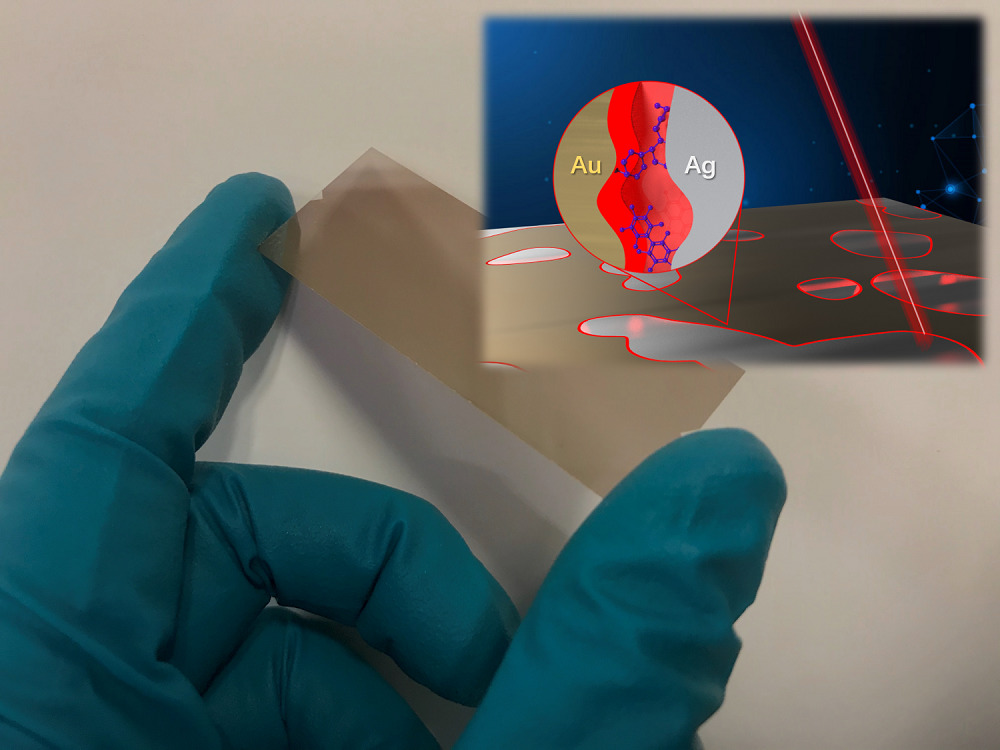
UB researchers report quantum-limit-approaching chemical sensing chip
University at Buffalo researchers are reporting an advancement of a chemical sensing chip that could lead to handheld devices that detect trace chemicals — everything from illicit drugs to pollution — as quickly as a breathalyzer identifies alcohol.
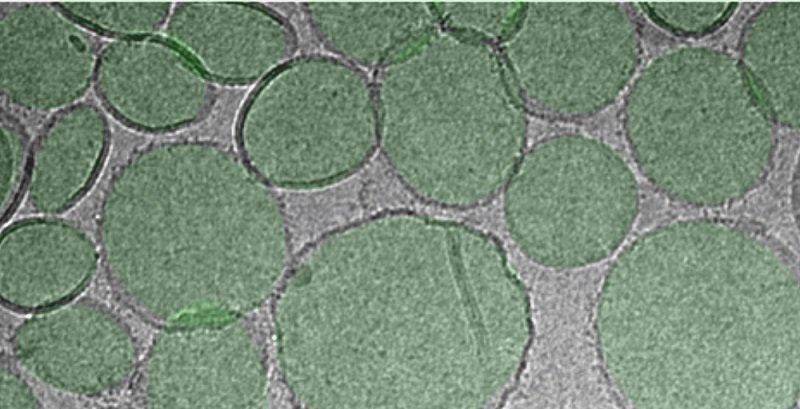
Study: Turning a coronavirus protein into a nanoparticle could be key to an effective COVID-19 vaccine
One of the proteins on the virus – located on the characteristic COVID spike – has a component called the receptor-binding domain, or RBD, which is its “Achilles heel.” That is, he said, antibodies against this part of the virus have the potential to the neutralize the virus.

A first-of-its-kind catalyst mimics natural processes to break down plastic and produce valuable new products
A team of scientists led by the U.S. Department of Energy’s Ames Laboratory has developed a first-of-its-kind catalyst that is able to process polyolefin plastics, types of polymers widely used in things like plastic grocery bags, milk jugs, shampoo bottles, toys, and food containers.
Building “ToxAll” — a smart, self-assembling nano-vaccine to prevent toxoplasmosis
A team of researchers at the University of Chicago have developed a self-assembling nanoparticle to create a toolbox for treating infections such as Toxoplasma gondii, a serious parasitic infection.
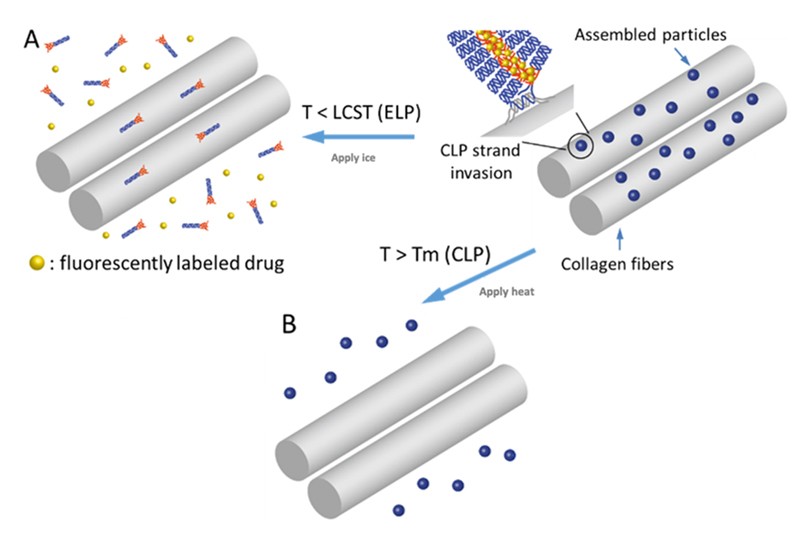
NEW DRUG CARRIER SYSTEMS
A University of Delaware research team has devised tiny cargo-carrying systems many times smaller than a human hair, made from molecules called peptides that help provide structure for cells and tissues. The team has reported advances in the nanoparticle design that allow them to control the shape of the nanoparticles to allow them to better bind to tissue in the body and stay in a particular location.
Injectable hydrogel could someday lead to more effective vaccines
Researchers reporting in ACS Central Science developed an injectable hydrogel that allows sustained release of vaccine components, increasing the potency, quality and duration of immune responses in mice.

Nanosponges Could Intercept Coronavirus Infection
Nanoparticles cloaked in human lung cell membranes and human immune cell membranes can attract and neutralize the SARS-CoV-2 virus in cell culture, causing the virus to lose its ability to hijack host cells and reproduce.

Determining Effective Magnetic Moment of Multicore Nanoparticles
Most commercial nanoparticles do not possess a single magnetic core but have small magnetic crystals called crystallites. The important question is how these crystallites behave inside a multicore nanoparticle and how they respond to an applied magnetic field. In the Journal of Applied Physics, researchers compare the effective magnetic moments of different multicore nanoparticle systems and shows that they are magnetic-field dependent. The paper’s findings are important for researchers optimizing magnetic nanoparticles for various applications.
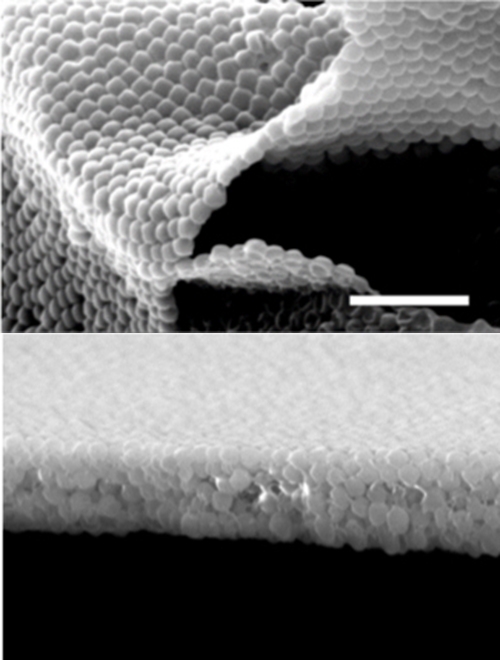
New Route to Thin Porous Membranes
Scientists have discovered a new method of producing ultra-thin porous membranes. The key is growth of a polymer “corona”—an ultrathin layer of polymer surrounding highly porous metal-organic-framework (MOF) nanoparticles. The nanoparticles self-assemble into layers one particle thick and into multilayer, self-supporting porous films.
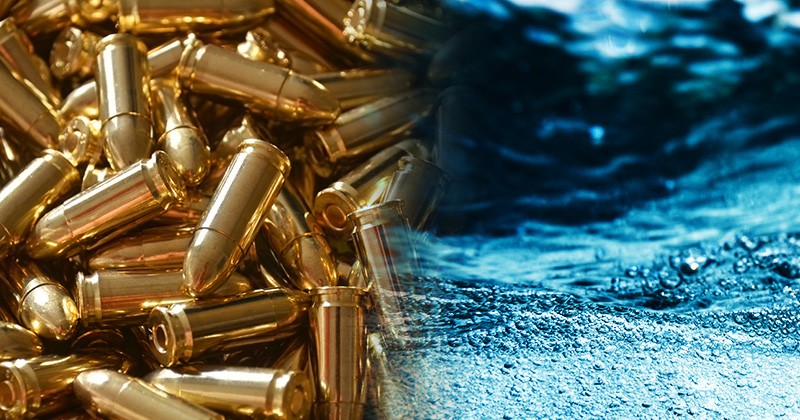
Novel Technology to Clean Wastewater Containing Explosives
A new grant from the US Department of Defense will help a University of Delaware team test a novel technology that uses iron nanoparticles to destroy munitions compounds in wastewater.
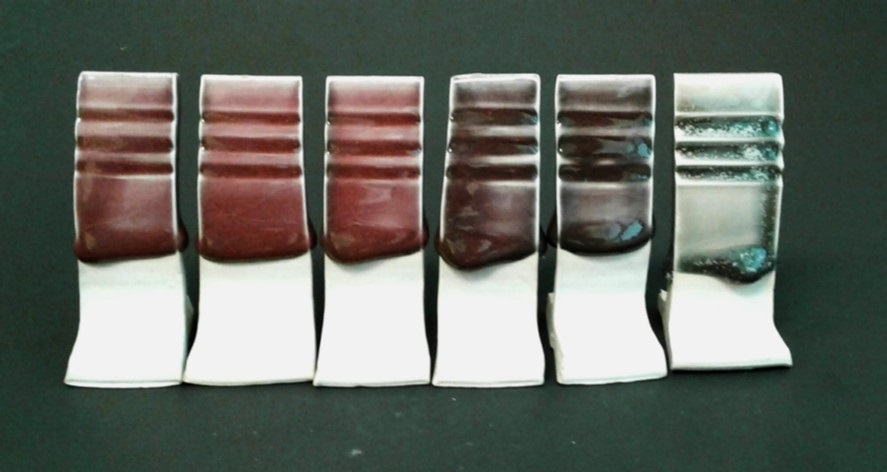
A new ‘gold standard’ for safer ceramic coatings
Scientists report progress toward a new type of ceramic glaze that includes gold and silver nanoparticles, which are less toxic and more environmentally friendly, while still providing vibrant colors. The researchers are presenting their results through the ACS SciMeetings online platform.

Nanosize Device ‘Uncloaks’ Cancer Cells in Mice And Reveals Them to The Immune System
Scientists at Johns Hopkins report they have designed and successfully tested an experimental, super small package able to deliver molecular signals that tag implanted human cancer cells in mice and make them visible for destruction by the animals’ immune systems. The new method was developed, say the researchers, to deliver an immune system “uncloaking” device directly to cancer cells.
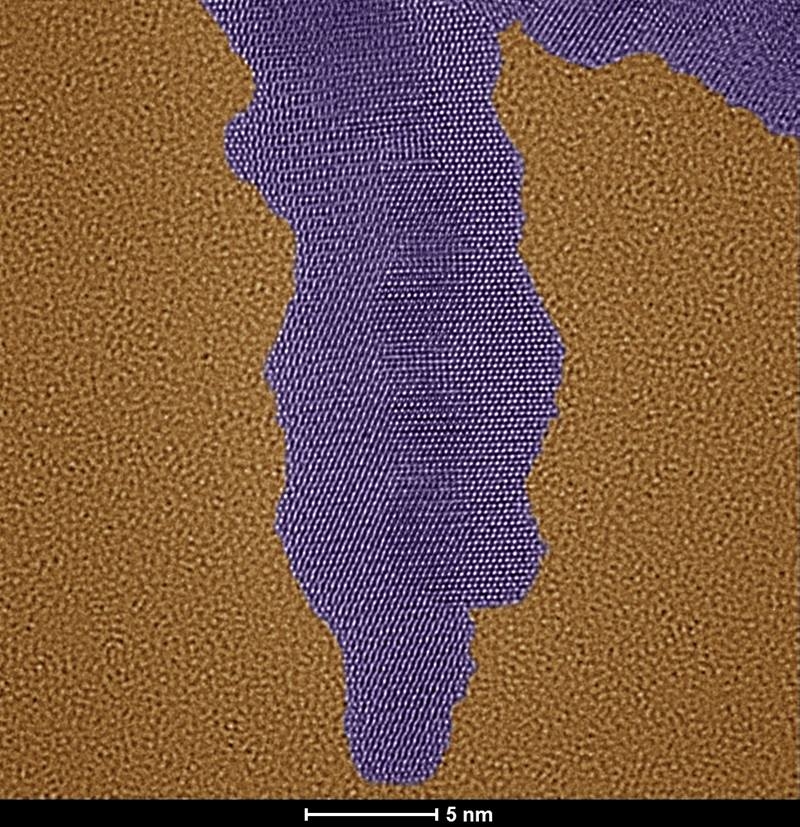
Improved Catalyst Branches Out and Out-Performs
Scientists can control their branch sizes and surfaces to make them more stable and more effective catalysts. By creating branched nanoparticles from the metal ruthenium, researchers developed a way to increase the speed of catalysis while maintaining the catalyst’s stability.
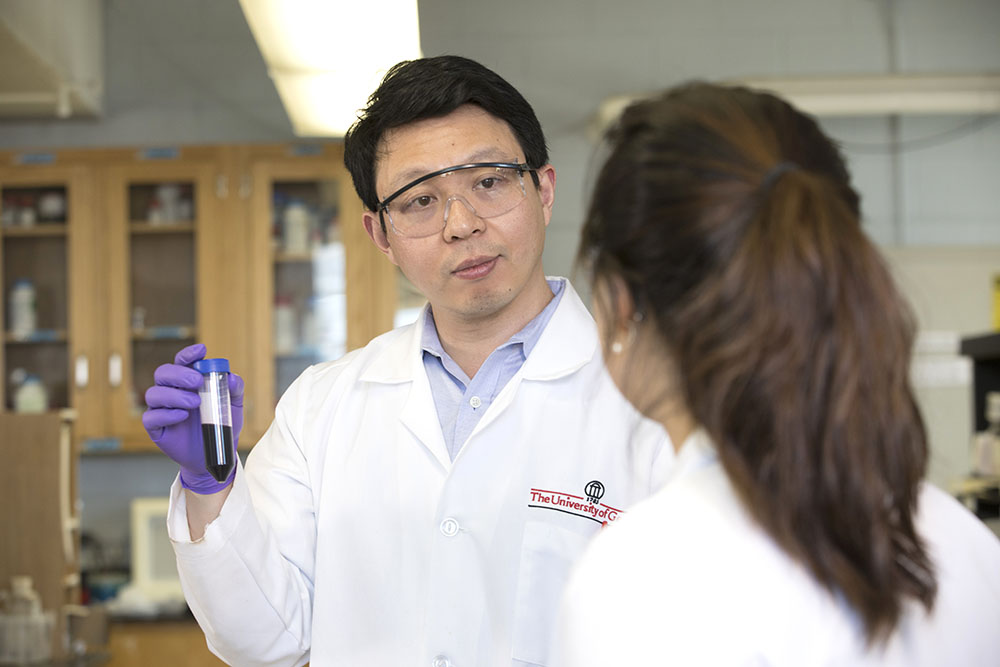
Study finds salt nanoparticles are toxic to cancer cells
A new study at the University of Georgia has found a way to attack cancer cells that is potentially less harmful to the patient.
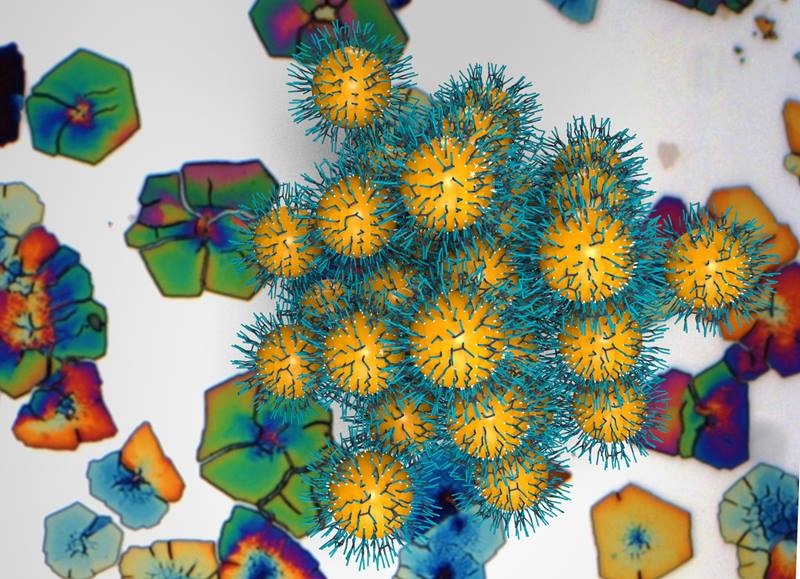
Super Nanoparticle Superlattices
This new research shows how the ligands affect key structural and mechanical properties of the superlattices.
Articles on Chronic Hexavalent Chromium Exposure, Titanium Dioxide Nanoparticles, and Bisphenol A Featured in December 2019 Toxicological Sciences
The December 2019 issue of Toxicological Sciences features research on the leading edge of toxicology, including in the areas of carcinogenesis, developmental and reproductive toxicology, and more.
Nanoparticle Drug Delivery Provides Pain Relief and More Effective Opioid Alternative in Animal Study
An international team of researchers has used nanoparticles to deliver a drug—one that previously failed in clinical trials for pain—into specific compartments of nerve cells, dramatically increasing its ability to treat pain in mice and rats. The findings are published Nov. 4 in Nature Nanotechnology.
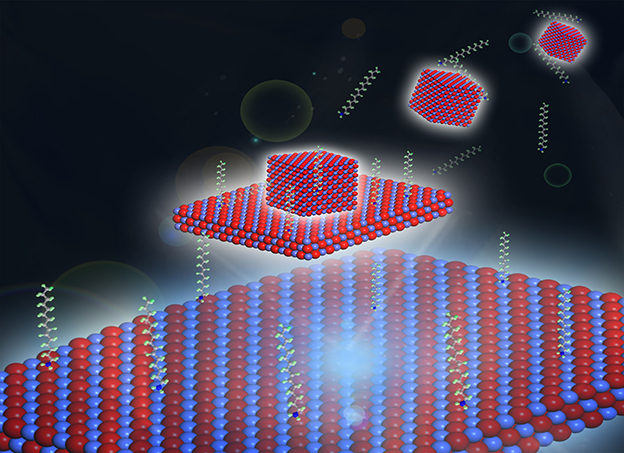
Living on the Edge: How a 2D Material Got Its Shape
A team of scientists led by the Department of Energy’s Lawrence Berkeley National Laboratory (Berkeley Lab) has gained valuable insight into 3D transition metal oxide nanoparticles’ natural “edge” for 2D growth.